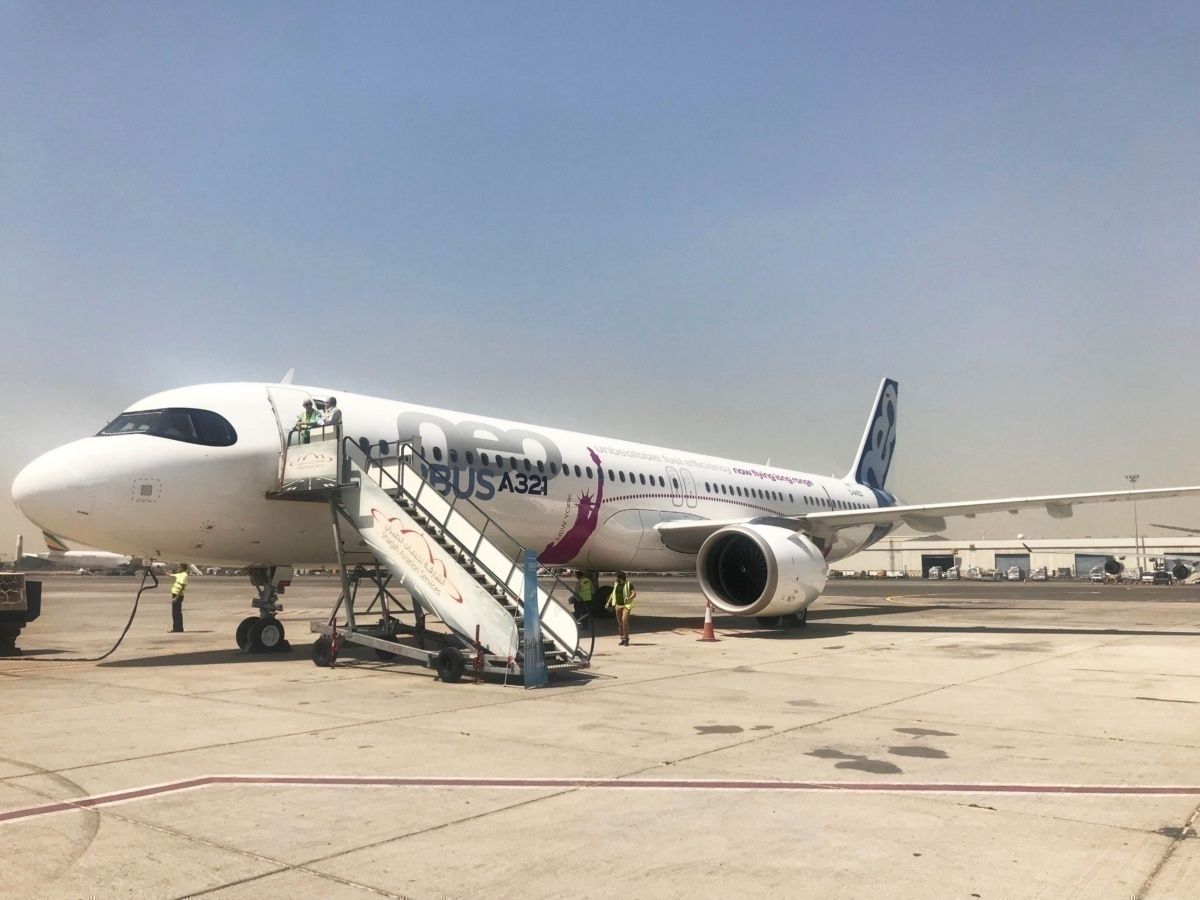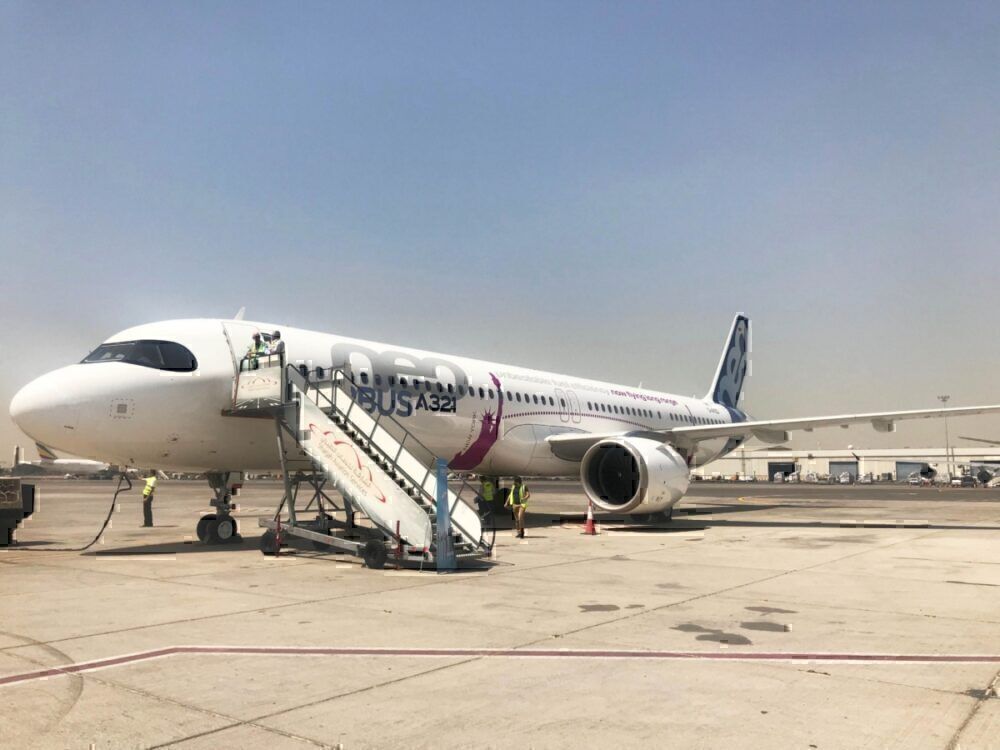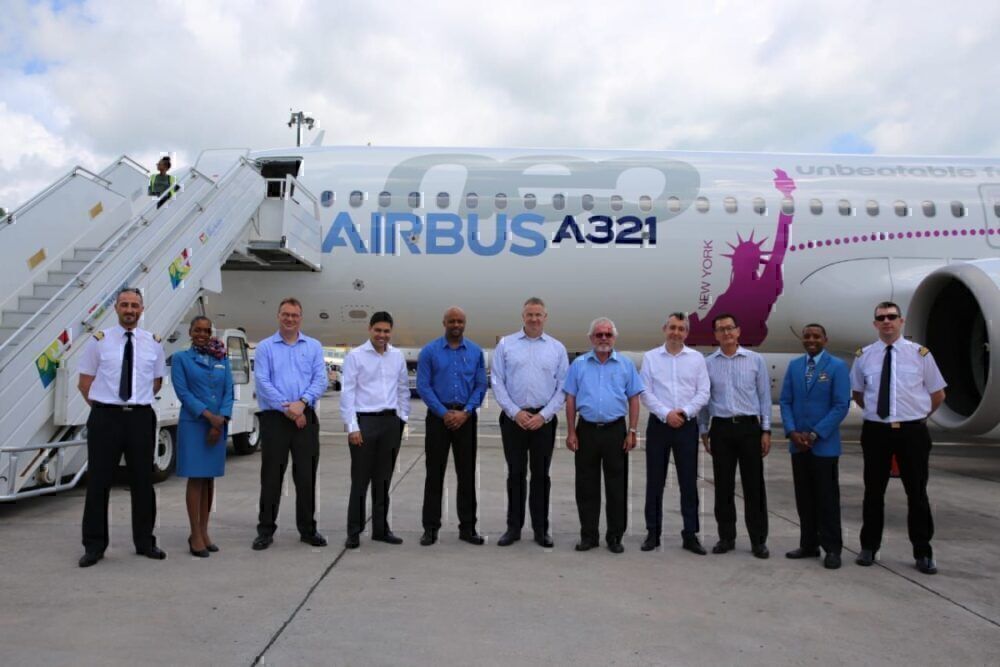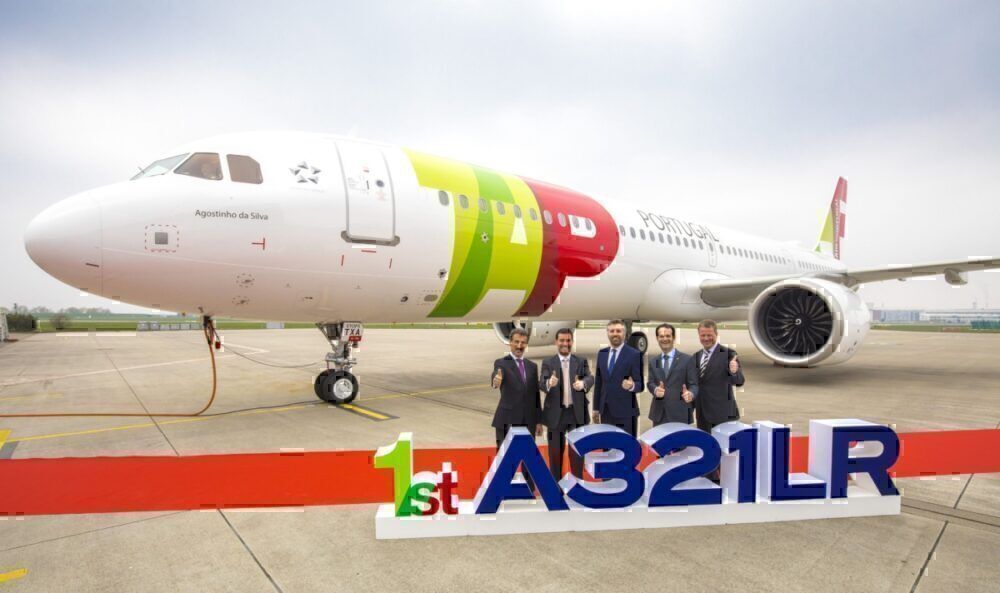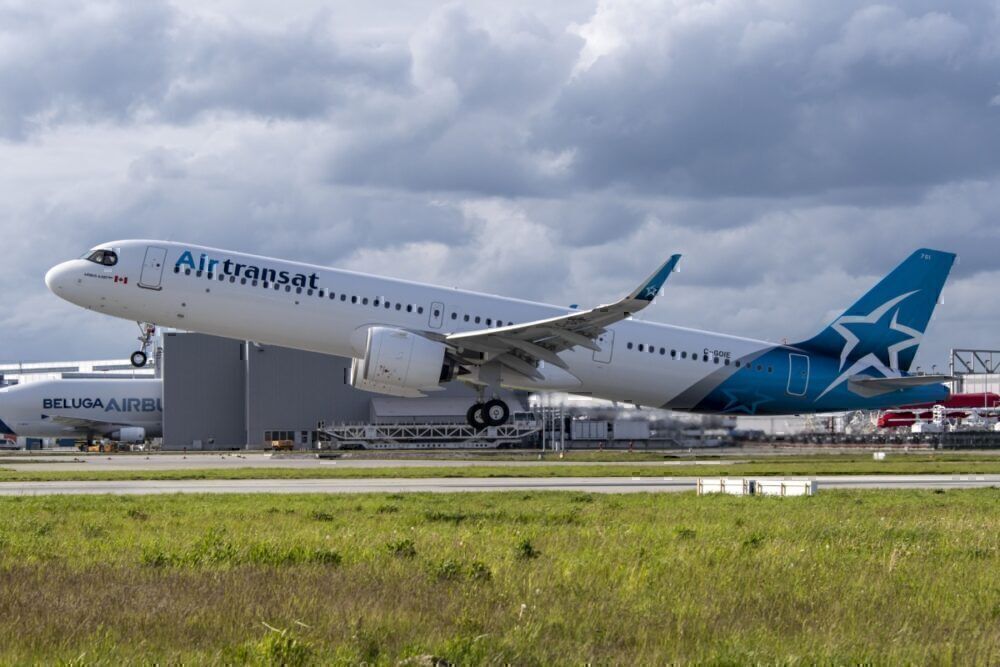Long-haul narrowbody aircraft routes are on the rise, and the Airbus A321LR fits that demand. Offering 15% additional nautical miles in comparison to the A321neo, it allows airlines to provide a diverse range of flights to more low demand destinations. So, what is its range?
How far can the A321LR fly?
According to Airbus, at the time of its creation, the A321LR offered the most extended range of any narrowbody aircraft on the planet. It was expected that the plane could travel around 7,400km, or 4,000 nautical miles, which gave carriers plenty of opportunities to venture into low-demand long-haul routes. This is the figure that Airbus shares on its website. However, since its development, the A321LR has been able to surpass its range capacity.
Stay informed: Sign up for our daily aviation news digest.
In 2018, it broke a record in its long-haul history. Traveling between Mahe, Seychelles, and Toulouse, France in March, the aircraft flew for 11 hours, covering a distance of 4,750 nautical miles. It was an impressive expectation-topping feat that was carried out as part of the aircraft's testing and certification.
Does that make it any less impressive? No. That's because the A321LR was replicating an actual passenger flight. It had 162 heat-emitting dummies onboard as well as 16 test crew. The trip was as real as it could be.
Benefits of a long-haul narrowbody strategy
Long-haul narrowbody aircraft are gaining traction for their versatility and growth potential. They allow airlines to branch into new low-demand markets without forsaking seats and incurring costs. Aircraft like the A321LR mean that airlines can branch out into smaller cities that are still popular.
Standard services operated by the A321LR and other long-haul narrowbody aircraft include transatlantic destinations. At the tail end of 2019, TAP Air Portugal announced some impressive route expansion that had been planned for summer 2020. In November 2019, it said that it would use the A321LR to complete routes between Lisbon and:
- Maceió, North East Brazil;
- Montreal, Canada; and
- Ponta Delgada, Portugal, continuing to Boston, US.
At the time, it said that the A321LR strategy would be more profitable than a reliance on the Boeing 757, which had previously been the long-haul narrowbody of choice.
Why do airlines rely on the A321LR?
It's not just the range of the A321LR that determines its popularity. It is also the flexibility of the design. In an Airbus press release, an A321LR flight tester Jim Fawcett said,
"[The A321LR] is an excellent aircraft that keeps its promises in terms of flight behavior, passenger comfort, and fuel consumption.”
An attractive feature of the A321LR is that it is highly customizable to the customer's specifications. TAP configures its A321LR with 16 fully flat-lying seats, 48 extra legroom seats, and 107 regular economy seats. By contrast, the luxury French airline La Compagnie offers just 76 fully flat-lying beds.
At the other end of the spectrum, Air Transat chooses capacity over extravagance. It provides 12 premium economy seats at the front of the aircraft and a further 187 economy seats.
However, with Airbus' development of the A321LR, could the A321XLR sabotage its effectiveness? Offering even more range capacity and additional passenger seating, the A321XLR won many orders at the 2019 Paris Air Show, including from IAG, Qantas, and IndiGo.
What do you think? Let us know your thoughts in the comments.

